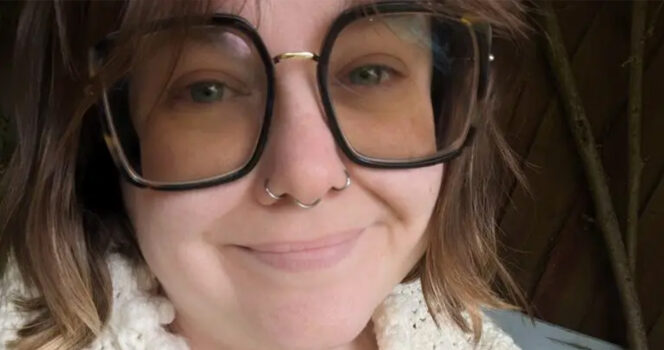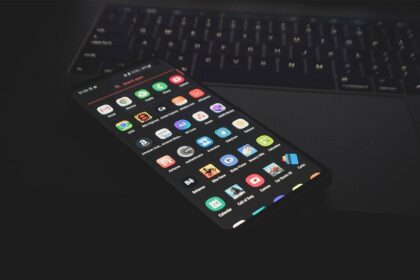
Attraction doesn't always follow a predictable path and for some people, it shifts and changes over time. This puzzling experience is more common than many realize, and it has a name: abrosexuality.
Thought she was a lesbian
Let's dive into what abrosexuality means – and how one writer's journey over three decades helped shine a light on this label that many people don't understand.
In a heartfelt article published by Metro UK in July 2024, writer Emma Flint shared her touching experience of discovering she was abrosexual – after spending 30 years wondering why her feelings seemed to change like the weather.
Flint, who was 32 when she wrote the article, talks about her years of believing she was a lesbian, then having times when she was attracted to men, then feeling attracted to no one, and then back to feeling attracted to women again.
For many years, she said she felt “unsure of who I was.”
“I felt lost, like I was out in the ocean. I also felt like a fake because I changed how I identified when talking to my friends and family,” explains the freelancer from Staffordshire, England.
“It wasn't that I couldn't decide, but my identity changed,” she said. “One day I felt like a lesbian, but then days or weeks later, I'd feel more connected to being bisexual. My sexuality was always changing.”
It wasn't until she found the word “abrosexual” in an online discussion that everything made sense.
“Finally,” she writes, “I felt recognized.”
What is abrosexuality?
Healthline says that abrosexual – which is a less common LGBTQ+ identity – is a type of sexual fluidity.
“A person who is abrosexual experiences changes in their sexual attraction frequently: they might feel attracted to someone who is ‘gay,' then later find themselves attracted to people of all genders, and sometimes feel almost no sexual attraction at all.”
Explaining this identity further, the health and wellness source states, “Words like homosexuality, bisexuality, heterosexuality, and pansexuality describe the genders of the people you're attracted to. But ‘abrosexuality' is different because it doesn't focus on gender – it just means that your sexual attraction can change over time.”
Sharing her own experiences with her changing attractions, Flint says, “I care about the person, not their gender, so it doesn't matter if my sexuality changes while I'm with them.”
“Still, even after I explain this, there are always some people who want me to ‘pick a lane' so my identity doesn't upset them. I want everyone to understand that just because you don't know or get an identity, it doesn't make it any less real.”
What does abrosexuality look like?
One of the most important things to understand about abrosexuality is that it doesn't follow a single pattern. It looks different for everyone.
To help paint a clearer picture, Healthline offers a few examples of how abrosexuality might show up:
- Daily changes: One day, you might feel really attracted to guys, and then the next day, you could wake up feeling like you only like girls.
- Slow shifts: For a while, you might find yourself attracted to people of all genders, but then after some weeks or months, you might notice that you're only into one specific gender.
- Changing attraction levels: There could be a time when you don't feel much sexual attraction at all – this is sometimes called asexual feelings – but then, a few months later, you might find your attraction comes back and feels stronger, maybe even towards different genders.
- Long-term changes: You might think of yourself as a straight guy for many years, but then later on, you could discover that you're starting to feel attracted to other guys, which adds new dimensions to who you are.
These examples show just a few possibilities. There isn't a single experience that fits everyone when it comes to being abrosexual, and that's what makes this identity so special and personal.
#NewProfilePic pic.twitter.com/3v66GpX6At
— Em (@LiterateElf) April 1, 2025
“We're always discovering new things about ourselves – that's what growing and developing is all about,” Flint says. “I really hope that one day, abrosexuality will be seen as normal, just another identity someone might have, and not just something that's trendy.”
Flint's story is more than just a personal experience – it reminds us how important language and representation are in helping people understand who they are. Many individuals might go through life feeling “broken” or “out of place” just because they haven't found the right word to explain their feelings.
What do you think about all these identities? We'd love to hear your thoughts, and please share this story so we can start the conversation!












